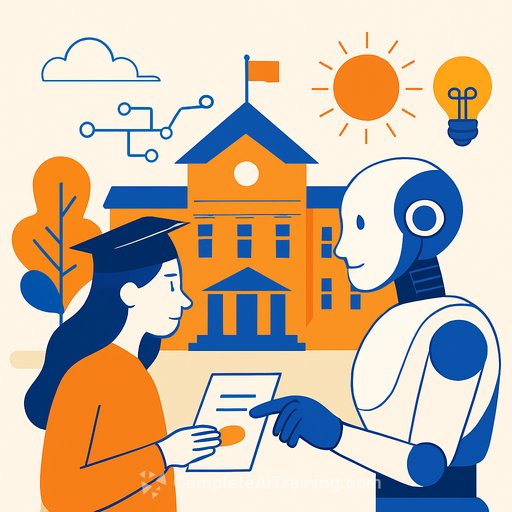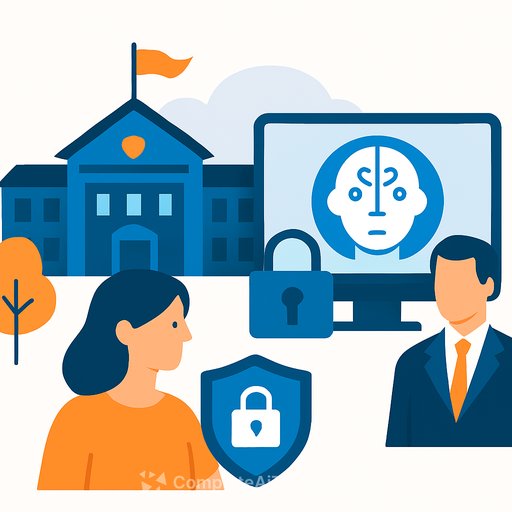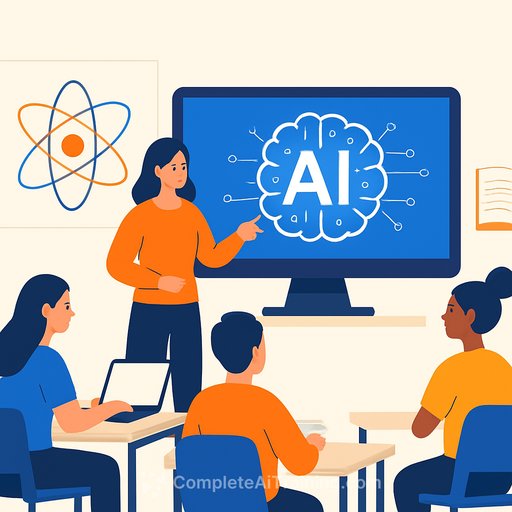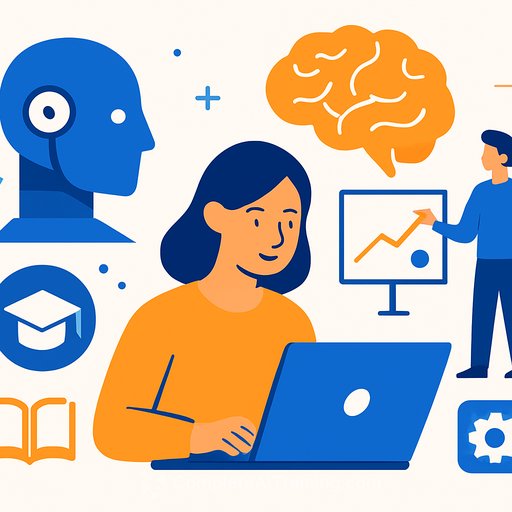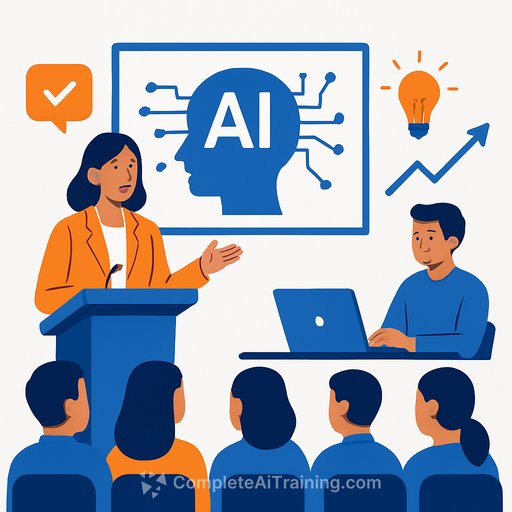Can AI Design a Better University for the ‘Age of Complexity’?
As climate disruptions grow and artificial intelligence reshapes how we think about intelligence, universities face a quiet crisis: their legitimacy is eroding. Once seen as engines of enlightenment and social mobility, many higher education institutions now feel stuck. They promise transformation but often deliver transactional learning. They claim to be relevant yet cling to outdated knowledge systems and bureaucratic inertia. Rising tuition costs, insecure faculty jobs, and declining public trust place universities at a critical crossroads. Across the globe, a growing awareness is clear: we are educating students for a world that no longer exists.
Universities often aim for relevance but are structured for predictability. They talk about transformation but operate with old mindsets. What if we reimagined them completely, this time working alongside artificial intelligence? This is not about upgrading edtech or adding digital dashboards. It’s about rethinking education’s purpose, defining what counts as knowledge, and deciding who shapes learning’s future.
Cracks in the Foundation
From Santiago to Seoul, Boston to Bamako, universities face similar tensions despite different contexts. In wealthier nations, challenges include tuition debt, corporate-style management, and reputational fatigue. In less affluent regions, donor-driven curricula, language hierarchies, and colonial legacies still influence institutions. Across these divides, one issue remains: universities are built for stability and narrow disciplines, while the world demands ethical creativity, flexible learning, and cross-disciplinary insight.
To stay relevant, universities must stop tweaking the old system and rethink it entirely. What if a university was designed for emergence instead of control? For complexity rather than compliance? For dialogue over prestige?
How AI Was Used: Design by Dialogue
This exploration treated AI not as a source of fixed answers, but as a creative partner. Generative models were prompted with paradoxical questions like: “How can a university embrace complexity without descending into chaos?” AI proposed new scenarios, value frameworks, and institutional alternatives usually unconsidered.
The process used diverse inputs reflecting higher education’s layered realities in a globally connected, AI-driven era. These included cultural attitudes toward knowledge and authority, international academic ties, resource capacities, faculty intellectual ecosystems, adaptability, curriculum design, learner diversity, technology infrastructure, governance models, equity frameworks, and sustainability goals.
The AI-generated outputs acted as provocations—mirrors showing institutional blind spots and hidden aspirations. Educators and theorists engaged in dialogue with these responses, interrogating and reshaping them. This was not about automation or efficiency, but about helping universities survive complexity, regenerate broken systems, and find meaning in a disoriented world.
Rethinking Curricula: From Majors to Missions
In this AI-informed vision, traditional academic silos dissolve into dynamic, mission-driven inquiry clusters. Students do not pick fixed degrees but chart evolving pathways centered on urgent challenges like climate displacement, algorithmic injustice, biodiversity loss, and democratic decline. These are not just topics—they are conditions shaping existence.
The curriculum becomes spiral-shaped, inviting students to revisit fundamental questions with increasing depth and responsibility. Learning shifts from disciplinary expertise to relational intelligence—the ability to connect systems, cultures, and histories to create new meaning. Students become active co-creators of their education, crossing boundaries between scientific, artistic, Indigenous, and technological knowledge to build new frameworks.
This model rejects the false choice between employability and enlightenment. It asks: What must we learn not just to succeed, but to sustain and reimagine life on a fragile planet? What skills help us repair what’s broken, live with uncertainty, and design futures that remain open?
Artificial Intelligence as Collaborator
Here, AI is a co-intellectual partner, expanding human thinking rather than replacing it. It supports deeper reflection, broader perspectives, and complex reasoning. Generative AI offers multilingual support, simulates competing worldviews, surfaces hidden assumptions, and presents ethical paradoxes that challenge conventional thought.
Educators’ roles evolve into guides, ethical anchors, and facilitators who help students manage the ambiguity AI reveals. In a world flooded with machine-generated content, teachers focus less on delivering information and more on nurturing critical judgment, humility, and discernment.
Every AI tool is critically examined: What ideologies does it carry? Whose knowledge does it prioritize? What futures does it make imaginable or impossible? This approach goes beyond digital literacy to build technopolitical awareness—understanding technology’s ties to power, history, and design. Students learn not just with AI but about AI, questioning its nature and shaping its use for fairness and pluralism.
Beyond Grades: Trust, Growth, and Public Value
Traditional metrics like grades and standardized tests give way to rich narratives of learning. Assessment becomes a story of growth, contribution, and ethical engagement. Students build living portfolios documenting not only what they learn but how they learn—through challenges, collaboration, and transformation.
For example, a student co-designing a water system with Ugandan farmers or creating data tools for a social justice NGO isn’t judged by institutional prestige but by relational impact: Which problems were tackled? Which communities engaged? What values emerged?
Credentials are issued transparently via blockchain, serving as verifiable records of real-world learning rather than status symbols. Failure is integrated into learning, encouraging reflection, intellectual risk-taking, and shared responsibility. Accountability becomes a co-owned value, not an imposed rule. In a time flooded with information but lacking trust, the key question shifts from “What do you know?” to “What have you transformed, and who have you become?” Education becomes a journey of integrity, civic engagement, and public good.
Governance for the 21st Century
Governance here is participatory and adaptive. Students, faculty, community partners, and AI agents all contribute to decision-making. AI helps map unintended consequences and run foresight scenarios, but final decisions rest with diverse human assemblies—advisory circles, restorative councils, ethical bodies.
This model treats the university as an ecosystem rather than a corporation. It responds and adapts to feedback from its environment, staying alive and connected.
Reclaiming the Purpose of Higher Education
At its core, this vision calls for rethinking what universities are for. Higher education should not focus mainly on credentials or workforce training. Instead, it should be a civilisational practice—a collective space to decide which kinds of intelligence matter, which futures we want, and what kind of world we’re ready to build.
Education becomes a loop of reflection, relationship, and renewal, not just a ladder to individual success.
A Final Lesson
This AI-informed university is not fantasy. It challenges a hard truth: 21st-century challenges can’t be tackled by 19th-century institutions. Education must stop being a transaction and become a transformation. Transformation is never safe or linear, but it is necessary and achievable if we ask better questions, listen to unexpected collaborators, and let go of what no longer serves the future we claim to prepare for.
Your membership also unlocks:

